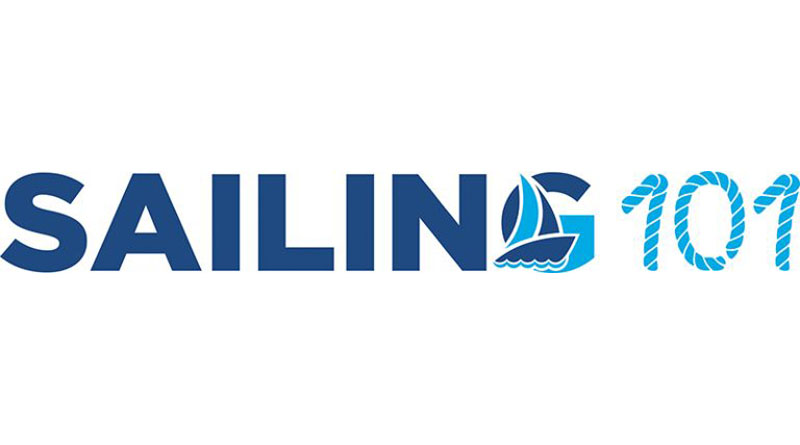Sailing 101: How to Use Different Styled Flares
Ahoy Sailors, now that you know which SOLAS and USCG-approved flares to have aboard your vessel, let's talk about how the various styles operate and how to handle them. Then, stay tuned for your next lesson where we discuss the harbors available to boaters along the 40-mile coast of Southern California.
Flares are part of the United States Coast Guard’s nighttime visual distress signal safety requirements for certain vessels using the nation’s waterways. Pyrotechnic Flares are a part of life for boaters and are to be used only in cases where an emergency response is required. Knowing how to correctly launch/use these pyrotechnics before setting sail is important, and the helpful techniques that keep you safe while handling them are important too.
Practice mock drills to rehearse the basic steps listed below. It is not permitted to launch flares without permission from both the USCG and local authorities (check regulations in your area if outside of the U.S.). But you can train with your crew before you cast off for cruising so your crew will know what to do if the captain becomes hindered.
In addition, if you find yourself in a bad situation, always remain on your boat if it is safe to do so. It is much easier to see a boat than a swimmer, and it is easier to operate a flare from a stable foundation and not while treading water.
It’s also a good idea to conserve your aerial signals until you are fairly certain you have been spotted by help as an effort not to waste “one-time” signals. One-time signals are just that, useable only once, unlike flare guns or electronic flares. Once you’ve sighted help, the U.S. Coast Guard recommends you fire two aerial flares, one immediately after the other, so that rescuers can confirm the sighting and the direction of the signal. If using a parachute flare, one is fine as it has an adequate burn time to confirm sighting and position.
Once your aerial flare has been witnessed, you must make sure your rescuer can pinpoint your location by using handheld flares. The surface-to-surface sighting range on the water is approximately three to five miles, depending on boat elevation. If a rescuer is five miles away and running at 20 miles per hour, it will take 15 minutes to reach you. Therefore, you should have a minimum of 12 minutes of signal burn time for a solid homing signal. Handheld flares last approximately three minutes, so it is recommended you have six to be on the safe side as not all boats travel that fast.
Five Steps to Prepare the Launch of a Marine Flare:
Follow the Instructions
Before you fire or launch a flare, read the instructions and look at the illustrations. Then, make sure you understand how to open the marine flare. Never assume that you take off a cap and ignite it. With some flares, you must remove one cap; others require that you remove a second cap.
If you use a flare gun, flare pistol, or flare launcher, learn how to load it before you need to use them in a real-time emergency. Some flare gun shells load from the inside of the barrel and others from the outside. Read the manufacturer’s instructions first. Do this before setting sail to ensure you are well versed in operating the flare before you’re faced with an emergency.
Wear Eye Protection
It is best if you protect your eyes at all costs. Hot flare slag could blow back toward you if the wind changes direction. Handheld flares drip melted elements as they burn, called slag. Everyday eyewear or sunglasses offer some protection, but heat-resistant goggles are more adequate in protecting.
Face Downwind
Move to the boat’s edge, put your back to the wind, brace yourself as the vessel pitches and rolls, and always double-check that you are facing downwind.
Aim with Caution
Keep a pair of heat-resistant gloves handy because flares can get relatively warm. Hold a handheld or parachute flare in your non-dominant hand. Hold a flare gun in your dominant hand.
Hold your arm straight out at about a 45 to 60-degree angle. With handheld marine flares, cock your wrist to slant it away from you. These flares drip slag, and you want hot slag to leak in the water, not onto your forearm, wrist, or hand.
Look Away Before You Fire
Shift your eyes so that you look to one side away from the flare, flare gun, or parachute when you ignite it. This gives additional protection to your eyes. Next, drop the expended flare body or shell casing into the water or a bucket filled with water.
One last Tip:
While flares are classified as flammable, they are generally safe and stable if stored correctly. There is no threat of mass explosion, nor is there any threat of an individual flare exploding. They should be stored in a cool, dry place away from excessive heat above 167 degrees and away from sparks or flames. The standard recommended storage temperatures are 40 to 90 degrees. Do not expose flares to water for periods longer than 10 minutes.



Interesting that there was no mention of eVDSDs, electronic visual distress signals, that last hours as opposed to seconds of a handheld flare. Family safe, last hours, never expire and environmentally friendly. USCG Compliant for nighttime visual distress signals.